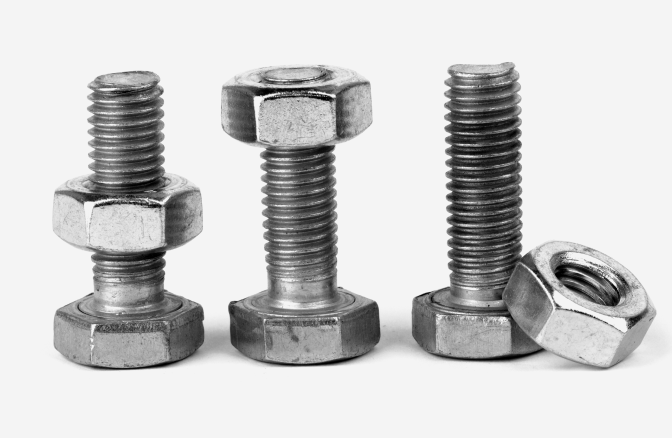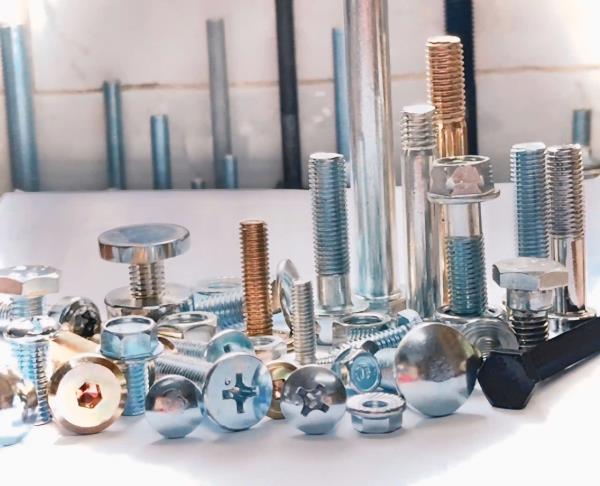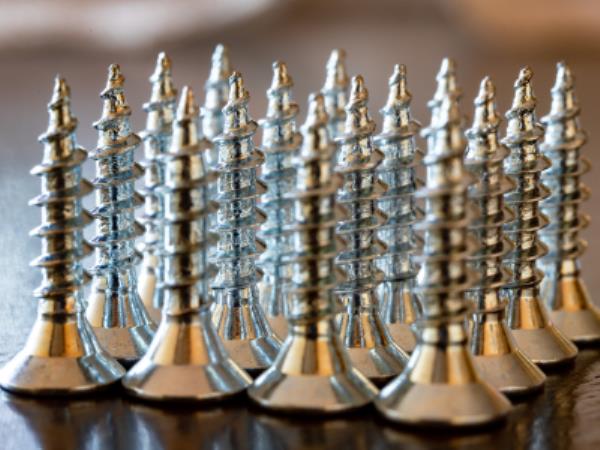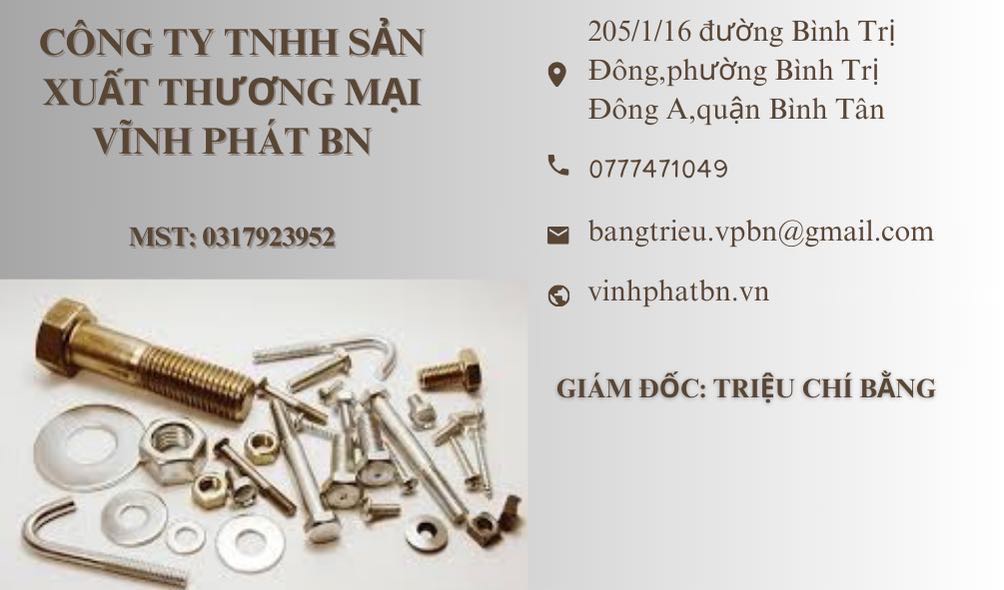
Distinguishing Between Bolts and Screws: Choosing the Right One
What is a bolt?
A bolt, also known as a bolt, is a cylindrical fastener with a threaded body and is often used with a nut. When combined with a nut, the bolt creates a strong and highly resistant connection, suitable for applications that require durability and stability.
Structure of the bolt:
Bolt body: The bolt body has a spiral thread, which can be fully threaded (the entire body has threads) or partially threaded (threads only exist in a certain section of the body).
Bolt head: The bolt head is usually hexagonal in shape, allowing the use of a wrench or pliers to tighten or loosen.
Applications of bolts:
Steel structure: Bolts are often used to connect details in steel structures, such as beams, columns, and steel frames.
Machinery: In the machinery manufacturing industry, bolts ensure a strong connection between machine parts, helping the machinery operate stably.
Industry: Bolts are widely used in industrial production, especially in projects requiring high durability and safety.

What is a screw?
A screw, nail or screw is another type of fastener, with threads through the body and usually has a pointed tip. Unlike a bolt, this material does not need to use a nut but can be screwed directly into the material, creating a strong connection. Nails are suitable for applications that require high precision and do not require frequent disassembly.
Structure of a screw:
Screw body: threads through and usually has a smaller diameter than a bolt. The screw's thread helps it penetrate easily into the material and create a strong connection.
Screw head: has many different shapes such as flat head, round head, or star head, suitable for each type of tightening tool.
Screw tip: pointed, helps the part easily penetrate materials such as wood, plastic, or soft metal.
Applications of bolts:
Assembling furniture: This is a type of material often used to assemble wooden parts, such as tables, chairs, cabinets.
Electronic equipment: In the field of electronics, screws are used to assemble and fix small components inside the device.
Household Repair: This mechanical accessory is also commonly used in household repairs, from assembling small furniture to simple repair jobs in the house.

Difference between Bolt and Screw
Usage: Bolts require a nut to create a strong connection, while screws can be screwed directly into the material without a nut.
Design: The product has a straight cylindrical body with a hexagonal head, while screws usually have a smaller head and a sharp point.
Application: Bolts are an ideal choice for structures that require high strength, often used in construction and mechanics. Screws are often used for lighter applications, such as assembling wood, plastic, and electronic devices.
When to Use Bolts and Screws?
The decision to use bolts or screws depends on the specifics of the job and the goals of the project. Choosing the right not only ensures safety but also optimizes costs and implementation progress.
Bolts: Bolts should be used when a strong and high-strength connection is needed. Bolts are ideal for large construction projects, steel structures, and heavy machinery.
Screws: Screws are the best choice for simple, quick assembly work that does not require high-strength. Screws are suitable for household, interior, and electronic work.



